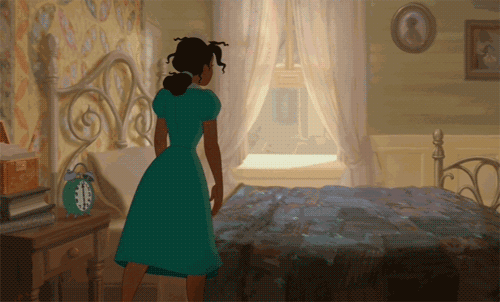
PHOTO: V&A
For most of us, we have a relatively simple routine for getting ready in the morning. We roll out of bed, we (hopefully) brush our teeth and shower, we get dressed, sometimes we eat breakfast, and then we’re zooming out the door to work or school. Two-hundred years ago, it was a completely different story. We take getting dressed for granted, but in the 19th century, for many women, it was a huge chore. Clothes were so complicated that it was impossible to get in and out of them easily. Most women who had any amount of money employed someone else to help them get dressed.
A full outfit for a well-to-do woman in the 19th century consisted of four main parts: the linen shift, the stays (corset), any number of petticoats, and a fine silk gown. On top of that, you had to put on various accessories, including stockings, garters, separate pockets, and kerchiefs. Some women even wore padded rolls around their waist to give the illusion of an hourglass figure!
Women who were less well-off wore basically the same thing, except made from different, simpler materials. Most wore a linen apron, or pinafore, to help keep their dresses clean while they worked.
Most wealthy women still needed help to get dressed right up until the early 1900s! That only changed once the First World War swept the globe when clothes became simpler and more practical – even for the rich. Even so, most still kept their ladies’-maid with them up until the Second World War, when most servants joined the military, and wealthy women were left at home alone and were forced to contend with their own clothing and hair.
Costume curator Pauline Rushton decided it was time to show the world just how much work getting dressed in the 19th century really was. In collaboration with the Liverpool Museum, she put together a detailed video reenactment of what it was like to get dressed – from linen shift to silk gown. Watch it below:


